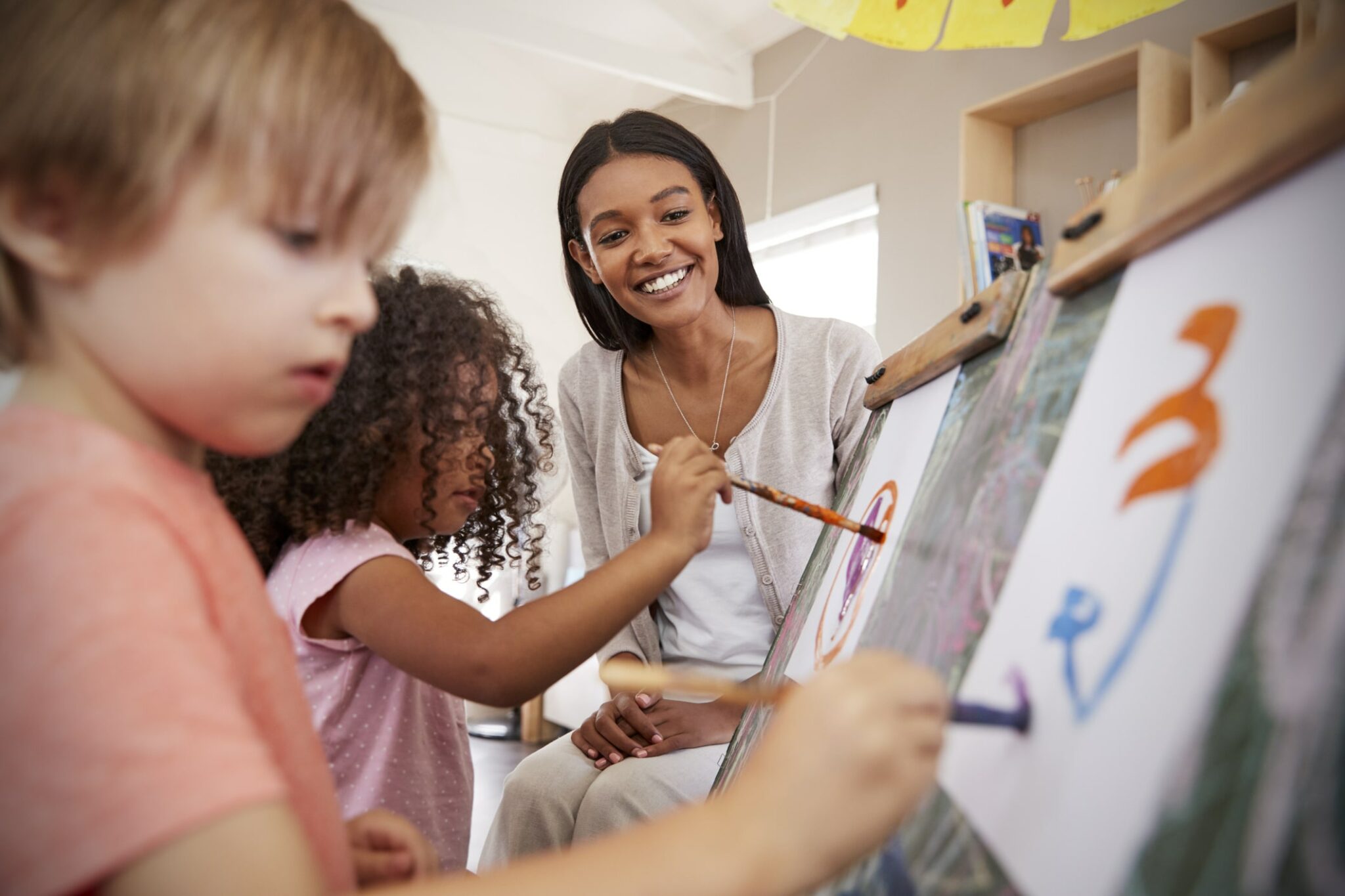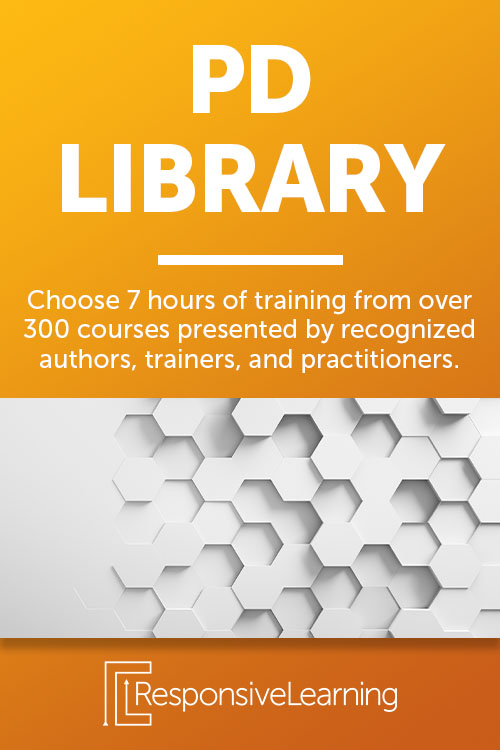Visual arts can help students think creatively in all subject areas. This is because creativity is more than just artistry. Incorporating visual arts into your classroom will foster a sense of creativity in your students for a lifetime.
Intercultural Creativity

Award-winning educator Genein Letford shares how Intercultural Creativity®, which integrates cultural competence with creative thinking, is strengthened through art integration. Her brain-backed curriculum ideas are easy to implement and engage with while advancing creative thinking for both the teacher and the students. You can learn much more about this topic in her course, Start with Art: Visual Arts Integration for the Gifted.
Creative thinking arises when you combine Intercultural Creativity with cultural competence. It involves the process of problem-finding and problem-solving with relevance, value, and novelty.
Genein explains how adding visual arts into the classroom increases student choice. “There isn’t a black-and-white answer. That’s the beauty about art. You get to shift your perspective and interpret it depending on what is going on around you and within you.” This will increase students’ choices based on how they communicate their interpretation of the visual art content.
Visual Art Elements
Incorporating visual arts into the classroom allows students to strengthen their observational skills. This utilizes their sensory abilities, as Genein explains; “Multisensory observation will be critical for our future of work and for our students to really grow in these areas and be able to have them when they’re out in the real world.”

Genein compares the visual arts to elements of the periodic table. Visual arts elements include line, shape, color, texture, value, and space. She recommends introducing these ideas to students through literature, creating a deep learning experience where they can express their understanding creatively.
Familiarizing students with visual art elements will help them to thrive in volatile, uncertain, complex, and ambiguous (VUCA) environments. This will not only promote creativity but help students become keen observers who are open-minded and display empathy with a growth mindset. They will become more self-aware and able to shift perspectives, which allows them to adapt well in different cultural situations.
Creativity and Curiosity
Genein also elaborates on how using visual arts piques students’ curiosity. After doing extensive research and speaking with Dr. Alison Horstmeyer, she concluded that “curiosity is going to be one of the main traits leaders will need in the workforce.”

All children are born curious by nature. Unfortunately, due to cultures and systems, this trait is often discouraged or outright disregarded. Genein urges the importance of incorporating visual arts into any subject that is taught in school to foster students’ curiosity and creativity.
For instance, if you’re teaching social studies, she recommends having a discussion with students about artwork from the time period reflecting important historical events. “What better way than to start that discussion with a piece of art or music or theater from that time telling their story before you bring out the textbook,” Genein explains how this will inspire students to ask questions and, ultimately, fuel their curiosity in the future.
Interested in learning more about how to cultivate creativity in the classroom? Explore the course demo on Start with Art: Visual Arts Integration for the Gifted today!






